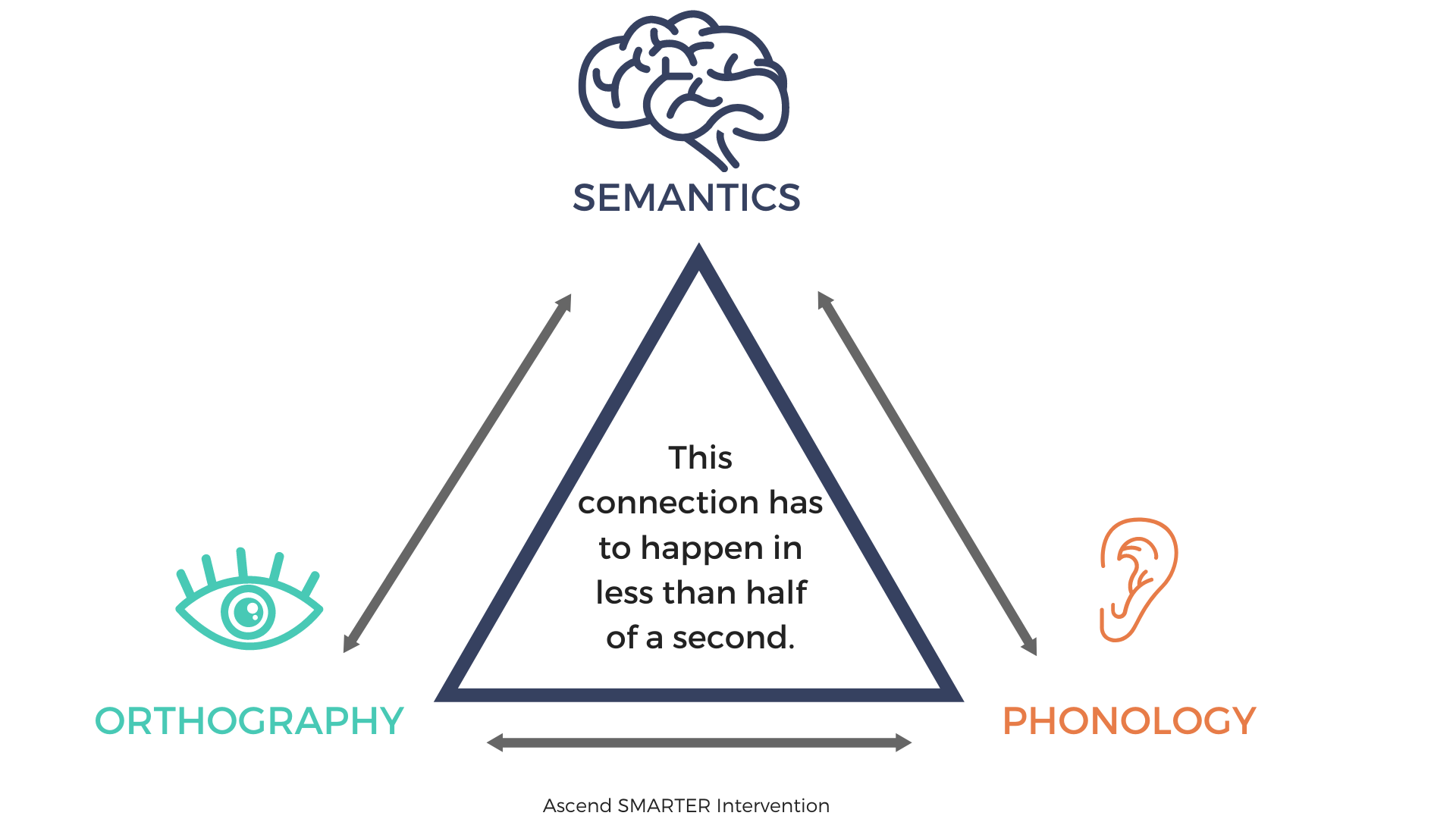Learning to Read is Like Playing Jenga
When we think of Reading Intervention, we often refer to the Jenga Tower. This stems from the game Jenga where players take turns strategically pulling blocks out of a tower. Each block is then placed on top of the tower, creating a progressively taller and more unstable structure. The game ends when the tower falls which inevitably happens due to the holes that are in the foundation of the structure making it unsteady.
Learning to Read is like a Jenga Tower
The Jenga Tower is so symbolic of the reading skills or the foundation of reading strategies that a student possesses. Each block that is carefully and strategically placed, represents a specific skill that contributes to a student’s overall reading proficiency.
Like the Jenga Tower, if there are too many holes in the base or foundation of the tower – it will eventually collapse.
When I look at this tower of reading skills, I see the initial blocks placed as the blocks that represent the alphabetic principle and phonological skills; rhyming, phoneme isolation, counting syllables, etc. These create the foundation.
These skills or blocks are the base of the tower. This base must be solid to keep building a tower that gets taller and taller. When students lack these skills, or don’t have these skills fully developed, the tower can only be built so high before it topples over. Those holes make the entire tower shaky even though they are at the bottom of the structure. The same is true with the foundational pieces of reading.
Reading Skills Can’t Be Developed in Isolation
As you know, the traditional Jenga game is made up of wooden blocks that are all the same. When considering our Jenga tower of reading skills, we like to use colored blocks. Our colored blocks fit into three, distinct categories that represent the three, distinctly different processors in the brain that support the reading process.
If you are familiar with our Literacy Processing Triangle, you know that there are three processors that must be simultaneously activated in order for a student to read fluently. These three processors focus on Orthography, Phonology, and Semantics.
As you consider the Jenga Tower of Reading Skills, let’s color code these blocks/processors.
What is Orthography? (Turquoise blocks)
Orthography refers to the ability to understand the sound/symbol connection accurately and rapidly. This means that the brain must recognize that any given letter is a symbol that makes a sound. (This is difficult for dyslexic brains that instead see letters as shapes).
What is Phonology? (Orange blocks)
Phonology refers to stringing together the sounds that each letter makes, holding those sounds in memory and the correct sequence in order to sound out a word.
What is Semantics? (Navy blocks)
Semantics refers to making meaning. Once the brain has recognized the letters and connected the sounds to form a word, the correct meaning must be attached to that word in order to understand what is being read.
If there is a breakdown in one or more of these processors, it will result in the breakdown of the reading process.
All three of these processors and the skills involved must be interwoven in the process of building the Jenga Tower of Reading Skills. If you were to look at the tower of a student who reads proficiently, their tower would be an equally distributed combination of navy blocks, orange blocks, and turquoise blocks all mixed together.
If a student is not reading proficiently, their tower may appear to have a number of holes that are likely the same color, indicating they are missing out on a specific skill set necessary for a fluid reading process. Or, their tower is made up of only one or two colored sets of blocks meaning they have missed instruction in one of the crucial areas of reading development.
What can we do?
As educators and interventionists, we must ensure that great care and consideration is given to building and contributing to each student’s Jenga Tower of Reading Skills.
First, we must use a curriculum that includes the skills needed to develop all three crucial reading processors: orthography, phonology, and semantics.
Next, we need to make sure that we are teaching the micro-skills in each of these areas in conjunction with each other, not in isolation. For example, it would be a mistake to only focus on orthography and cementing the letter/sound relationship without tying semantics into it, too. Attach meaning to the letter and sound of A, as in apple, aardvark, ant, etc. An exercise as simple as this connects all three processors and layers in all three colored blocks to a student’s Jenga Tower of Reading Skills.
If you are reading this and going “Wow! This makes so much sense! How can I start pulling this into my lessons?” We’d love for you to join us in our FREE training, How to Create Systematic, SOR-Aligned Lesson Plans. This workshop will help you determine what actually needs to be included in a Science of Reading-based lesson, how to build a lesson plan based on the Science of Reading, and how to optimize your lesson plans. Plus, we’ll share our lesson planning guides!




